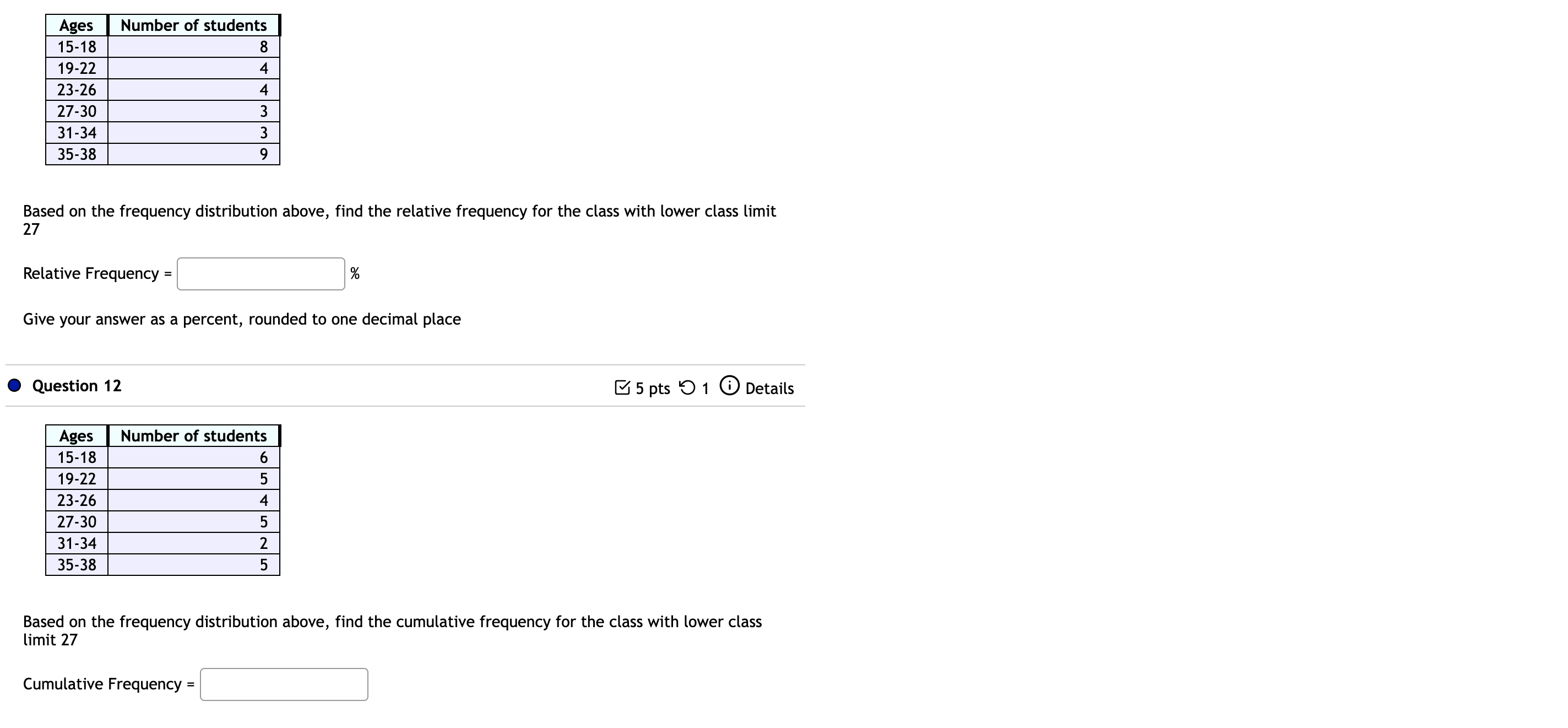Answered step by step
Verified Expert Solution
Question
1 Approved Answer
Ages Number of students 15-18 8 19-22 4 23-26 4 27-30 3 31-34 3 35-38 9 Based on the frequency distribution above, find the relative



Step by Step Solution
There are 3 Steps involved in it
Step: 1

Get Instant Access to Expert-Tailored Solutions
See step-by-step solutions with expert insights and AI powered tools for academic success
Step: 2

Step: 3

Ace Your Homework with AI
Get the answers you need in no time with our AI-driven, step-by-step assistance
Get Started


